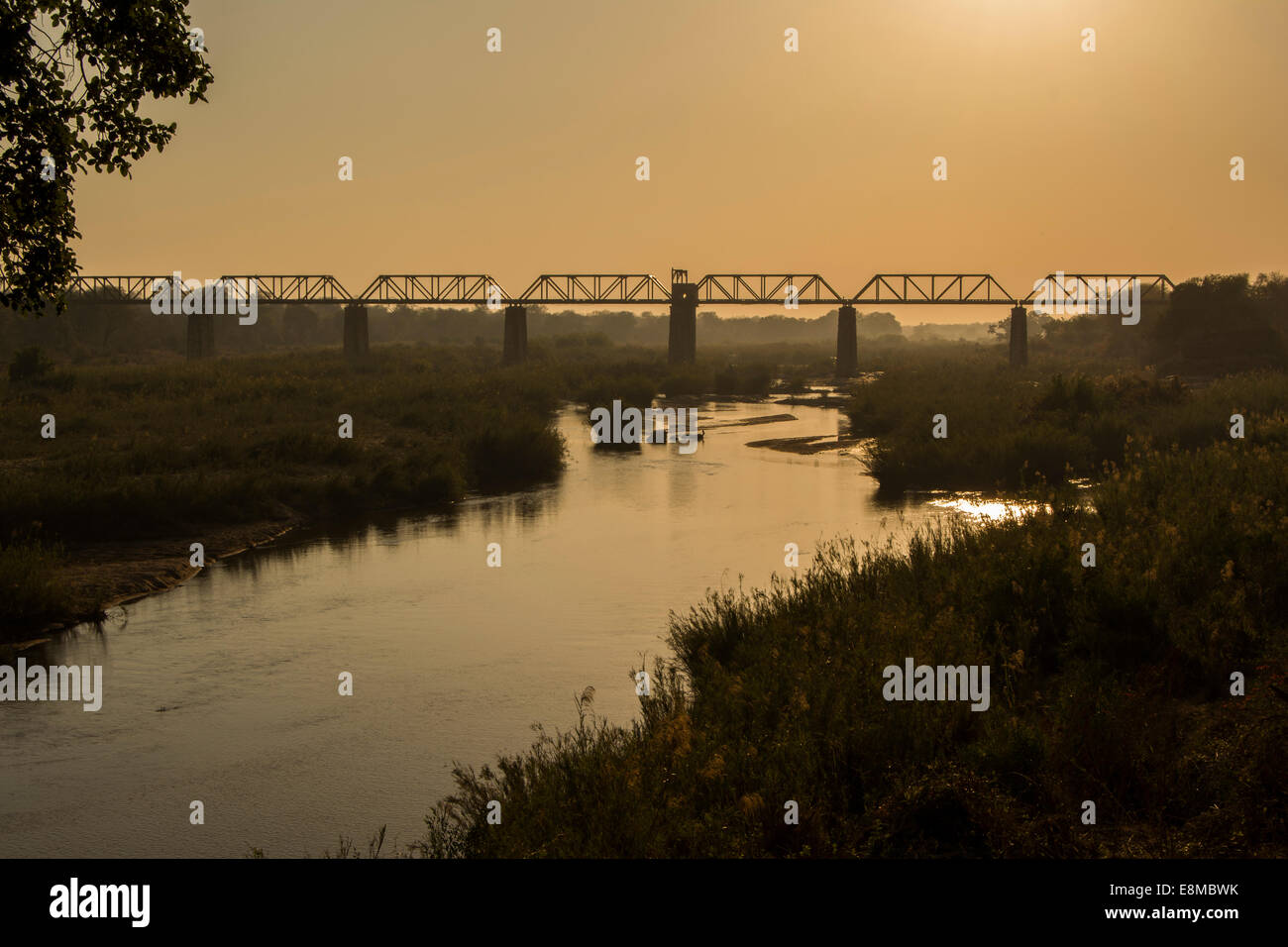

This pollutes the water that is used further downstream for irrigation purposes and rural domestic water supply. The upper catchment area (headwaters area) is the centre of commercial production with many industrial and agricultural activities, which discharges their waste waters onto the river system. The basin covers three zones in altitude, with the upper zone at 2600–1500 masl, middle zone at 1,500–500 masl, and coastal zone at 500–0 masl. The catchment basin varies in topography ranging from 2,600 masl in the Aberdare Range to the sea level in coastal area.

Based on the Kenya National Bureau of Statistics report the recent Census 2009, population of the basin in 2010 was estimated at 9.79 million people or 25.4% of the total population of Kenya with a population density of 167 persons/km 2. The basin occupies a total area of 58,639 km 2, which corresponds to 10.2% of the country’s total land area. In addition, the Aberdare Range, one of the Five Water Towers, lies in the northern edge of the area. The Athi River Catchment area borders the Tana Catchment area in the north and is located in the southern part of the country as shown in Figure 1 and borders the Indian Ocean in the east, Republic of Tanzania in the south, and the Rift Valley in the west. Most of the upper-Athi river tributaries and the three main streams investigated (Ngong, Nairobi and Mathare) drain the Kikuyu escarpment through the city (now Nairobi County) and joining before the Kilimambogo hill (Donyo Sabuk) to form the main Athi-Sabaki River as shown in Figure 1.Īthi River catchment basin and main tributaries. Nairobi city, which lies at the upper catchment areas, and Mombasa, which is located on the southern outlet of the basin. Within the basin, there are two major urban and industrial centres from Kenya.

In addition, the Kenya highlands are endowed with vast water resources but land use activity changes in these areas have led to water quality degradation in addition to affecting the flow characteristics of the rivers in the basin. The river draws most of its headwaters from the Kenya Highlands (Kikuyu and Ondiri springs) flowing through the dry and semi-arid lands of Kenya and discharging its waters into the Indian Ocean, north of Malindi town. Furthermore, the river traverses agro-ecological zones of diverse climatic characteristics and land use activities. The Athi River drainage basin is the second largest basin in Kenya after the Tana River drainage basin. The researcher recommends more investments in water harvesting infrastructure, environmental conservation and adoption of modern water management technologies. This is likely to increase incidences of water shortage and food insecurity in many parts of the basin. A close analysis of the water situation in the basin paints a blink future on the available water resources in the basin against the projected water uses and increasing population compounded by the impacts of water pollution and climate change. The researcher noted a declining trend in water quality status downstream the river profile. The researcher used 10 sampling points located within the Nairobi sub-basin and distributed along the river profile to examine the trends in water quality degradation and its implication on human livelihoods in the basin. The study was based on field data collection and measurements and laboratory analysis. The paper gives a detailed analysis of the impacts of human activities on the water resources in regard to water quality degradation, pollution and mitigation measures. The Athi River is the second largest in Kenya and traverses areas of diverse land use activities from the more agricultural head water areas through the industrial hub of Kenya in Nairobi to the Indian Ocean discharging its waters near Malindi town north of Mombasa. The paper in addition makes an attempt to relate the impacts of human activities on water quality degradation trends within the basin against the available and potential water resources in the basin. The paper analyses the effects of land use activities on water quality in the headwater areas of the basin which has a profound impacts on the downstream water uses within the basin. This paper presents a critical analysis of the water quality changes and their impacts on water resources within the Athi River Catchment and its implications of the people’s livelihoods.


 0 kommentar(er)
0 kommentar(er)
